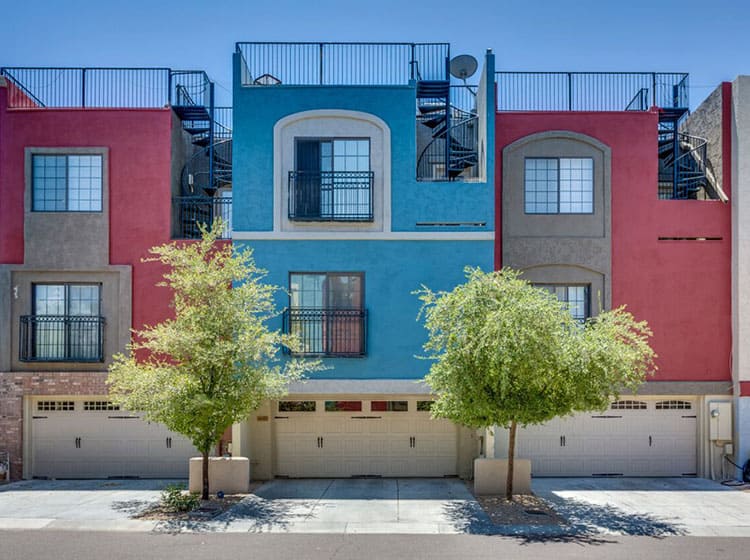Essential Seasonal Aspects Of Commercial Outside Paint: What You Must Recognize
Essential Seasonal Aspects Of Commercial Outside Paint: What You Must Recognize
Blog Article
Content By-Carlson Chaney
When you're intending a commercial external paint job, seasonal elements can make or break your outcomes. You'll intend to consider exactly how temperature level and humidity impact paint application and drying out times. Selecting the best period can guarantee your paint sticks properly and lasts much longer. But which periods are really the most effective for this sort of work? Let's discover the crucial elements that can impact your project's success.
The Effect of Temperature on Paint Application
When you're planning an industrial outside painting task, the temperature level can significantly influence exactly how well the paint adheres and dries.
Ideally, you intend to paint when temperature levels range in between 50 ° F and 85 ° F. If interior painting company in my area 's also chilly, the paint might not heal appropriately, leading to issues like peeling off or breaking.
On the flip side, if it's too warm, the paint can dry out too rapidly, avoiding proper attachment and resulting in an uneven surface.
You should also take into consideration the time of day; early morning or late afternoon uses cooler temperature levels, which can be more desirable.
Always inspect the supplier's recommendations for the specific paint you're using, as they usually give support on the suitable temperature range for optimum results.
Moisture and Its Result on Drying Times
Temperature level isn't the only environmental factor that influences your industrial exterior painting project; moisture plays a considerable duty too. High moisture degrees can reduce drying times considerably, affecting the total high quality of your paint work.
When the air is filled with dampness, the paint takes longer to treat, which can lead to problems like poor bond and a higher threat of mold development. If you're repainting on a particularly damp day, be prepared for extensive wait times between coats.
It's important to monitor local weather conditions and plan as necessary. Ideally, aim for humidity degrees in between 40% and 70% for ideal drying out.
Maintaining https://www.bhg.com/rooms/living-room/ways-to-decorate-with-a-brown-sofa/ in mind ensures your task remains on track and delivers a lasting finish.
Best Seasons for Commercial Outside Paint Projects
What's the very best time of year for your commercial external painting projects?
Springtime and early autumn are usually your best bets. During these periods, temperature levels are mild, and moisture degrees are commonly lower, developing suitable conditions for paint application and drying out.
Avoid summer's intense heat, which can trigger paint to dry too promptly, resulting in poor attachment and finish. Similarly, wintertime's chilly temperatures can impede appropriate drying and curing, taking the chance of the durability of your paint work.
Aim for days with temperatures between 50 ° F and 85 ° F for ideal results. Remember to check the local weather report for rainfall, as damp problems can wreck your job.
Planning around these aspects ensures your painting project runs smoothly and lasts longer.
Verdict
To conclude, intending your commercial external painting projects around seasonal considerations can make a considerable difference in the end result. By organizing work during the perfect temperature levels and moisture degrees, you'll make certain better bond and drying out times. Keep in mind to watch on local weather prediction and select the correct time of year-- spring and early fall are your best options. Taking these steps will aid you achieve a durable and professional finish that lasts.
